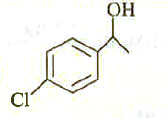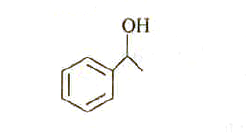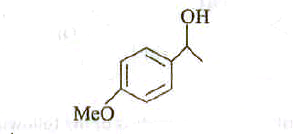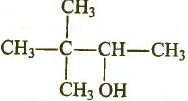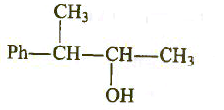Recommended Questions
- 1^(@) alcohols preferably undergo dehydration via
02:46
|
Playing Now - Alcohols undergo dehydration in the following sequence
02:20
|
Play - Dehydration of ethyl alcohol proceeds via
02:48
|
Play - In the presence of an acid catalyst, two alcohol molecules will underg...
03:10
|
Play - 3^(@) alkyl halides form alcohols preferably via
01:13
|
Play - 1^(@) alcohols preferably undergo dehydration via
02:31
|
Play - Which one of the following alcohols undergoes dehydration most easily?
03:52
|
Play - In the presence of alumina as catalyst , two alcohol molecules will un...
02:01
|
Play - In the presence of alumina as catalyst , two alcohol molecules will u...
02:01
|
Play

